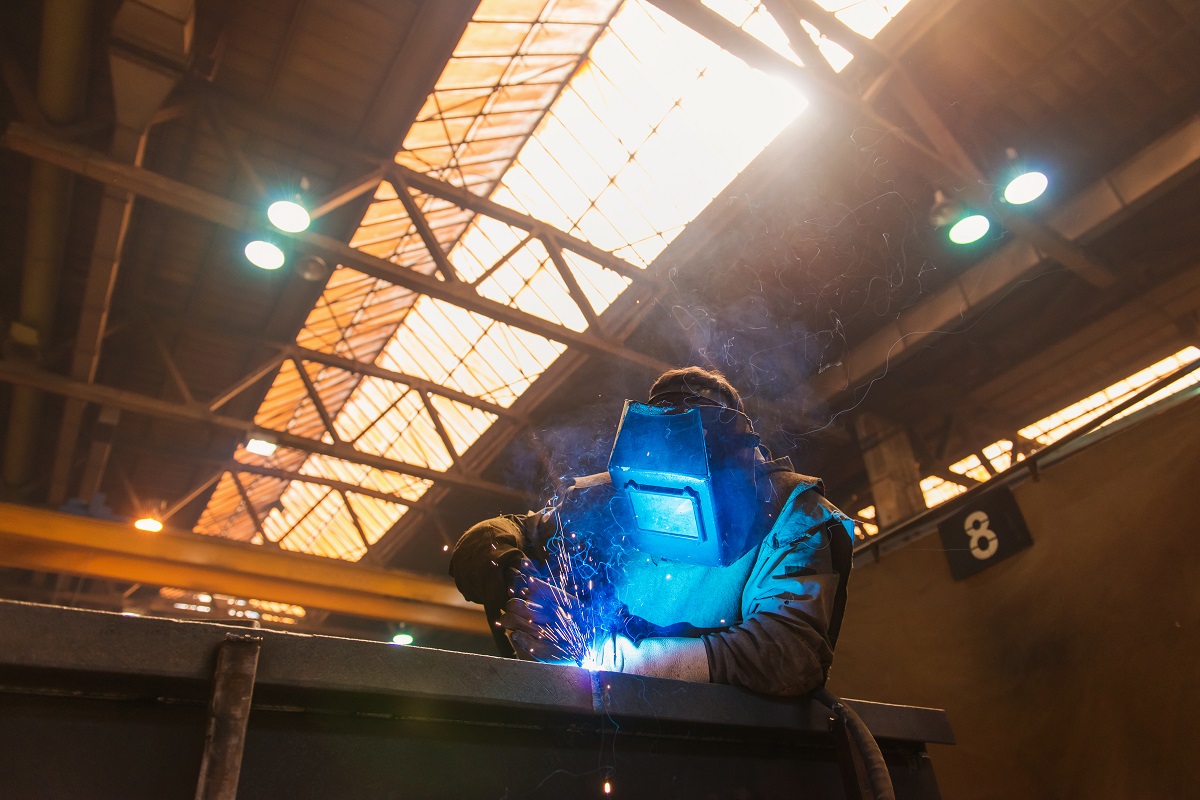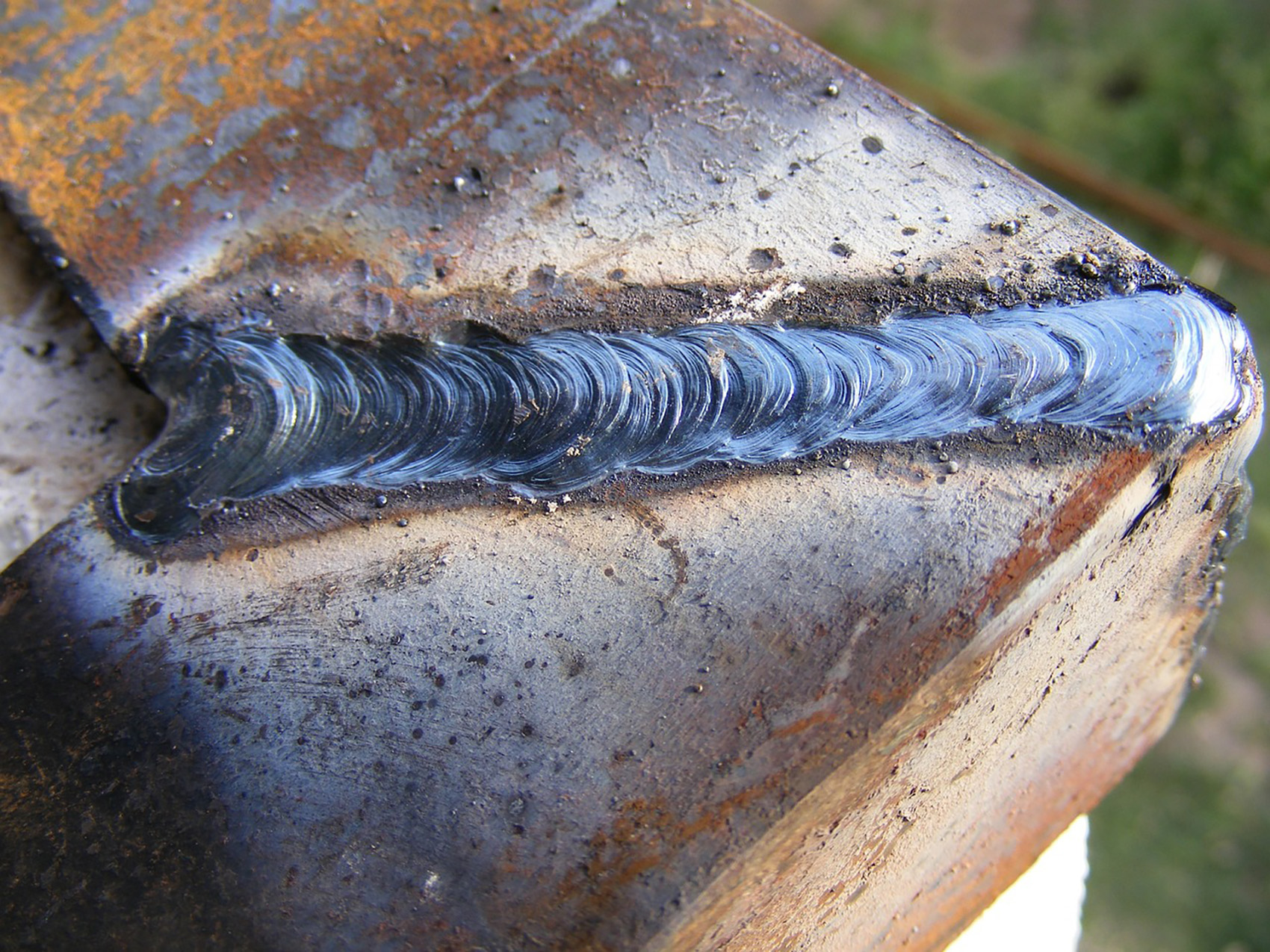Preventing Weld Undercut: Proven Techniques Every Welder Must Know
Preventing Weld Undercut: Proven Techniques Every Welder Must Know
Blog Article
Essential Tips for Welders: Avoiding Undercut Welding and Ensuring Stronger Weld Joints
In the world of welding, accomplishing resilient and solid weld joints is the keystone of producing top notch job. One common obstacle that welders frequently run into is undercut welding, which can jeopardize the integrity of the weld joint.

Comprehending Undercut Welding
Undercut welding is a typical welding problem that occurs when the weld steel falls short to effectively fill up the groove and results in a groove-like clinical depression along the weld bead. This issue compromises the weld joint, making it vulnerable to splitting and failing under anxiety. Undercutting can be caused by numerous factors, consisting of extreme welding existing, high welding speed, incorrect electrode angle, incorrect electrode dimension, and bad welding strategy.
One of the primary factors for undercut welding is a discrepancy in between the welding current and the welding rate. If the welding current is too high or the welding speed is also fast, the weld metal may not effectively fill the groove, causing undercutting. Furthermore, using an electrode that is too huge can cause a comparable outcome, as the excess metal can not properly move into the groove.
To stop undercut welding, welders should guarantee they are using the proper welding criteria, preserve an appropriate electrode angle, pick the appropriate electrode size, and technique correct welding strategies. By resolving these factors, welders can minimize the risk of damaging and create stronger, more reputable weld joints.
Appropriate Welding Strategy
Effective welding method plays a crucial role in making sure the top quality and stability of weld joints. Proper welding strategy entails a mix of adherence, ability, and precision to ideal practices. One basic aspect of correct welding method is maintaining the correct angle and range in between the welding weapon and the workpiece. Welders have to also pay attention to the traveling rate and warm input to stop problems like damaging, porosity, or incomplete combination.
Additionally, a stable and consistent hand movement is vital for creating solid and resilient weld joints. Welders need to aim for smooth, consistent motions to make sure also distribution of the weld material. Appropriate control of the welding weapon and filler material is likewise crucial to attaining optimum infiltration and blend.
In addition, regulating the warmth input and choosing the ideal welding criteria based upon the material being welded are crucial elements in accomplishing top quality welds - Preventing weld undercut. Welders should follow the suggested settings offered by welding procedure specifications and adjust them as required based upon the particular requirements of the project. By understanding correct welding methods, welders can considerably enhance the toughness and dependability of their weld joints
Choosing the Right Electrode
Keeping the right angle and distance in between the welding gun and the workpiece is basic when taking into consideration the importance of choosing the best electrode in welding applications. The choice of electrode plays an essential duty in figuring out the quality and stamina of the weld joint. Electrodes can be found in different types, each created for specific functions and products.
Firstly, choosing the appropriate electrode diameter is crucial. Thinner electrodes are appropriate for welding slim products, while thicker electrodes are better for thicker materials and higher warmth applications. Matching the electrode diameter to the thickness of the work surface aids achieve a balanced weld.
Secondly, understanding the material structure of the electrode is essential. Different electrodes are created for welding details materials like steel, stainless steel, aluminum, or cast iron. Utilizing the right electrode material makes sure excellent blend and decreases the risk of defects in the weld.
Lastly, considering the welding position and strategy is essential when choosing the electrode type. Certain electrodes are much better matched for above or vertical welding positions, while others function well for level or straight settings. Picking the appropriate electrode based upon the welding method improves the overall weld quality and honesty.
Preparing the Base Metal
To guarantee an effective welding process, what first steps should be taken when preparing the base steel for welding? Additionally, any existing weld material or deposit from previous welding ought to be gotten rid of to make sure a tidy surface for the new weld.

Performing Post-Weld Evaluations

After performing these evaluations, welders must compare the results against market standards and project demands to make sure that the weld joint fulfills all necessary criteria. Any kind of inadequacies or variances found throughout the post-weld examination needs to be promptly resolved through appropriate corrective measures to guarantee the weld's integrity. By diligently performing post-weld inspections and without delay resolving any kind of problems, welders can support the quality and reliability of their work, inevitably adding to the safety and security and durability of the welded structures.
Verdict

To conclude, protecting against undercut welding and making certain stronger weld joints require a mix of correct welding strategy, selecting the appropriate electrode, preparing the base steel appropriately, and carrying out post-weld assessments. By recognizing the sources of undercut welding and executing the required preventative measures, welders can generate top notch weld joints that satisfy market criteria and make sure the structural stability of the bonded elements.
Undercut welding is an usual welding defect that occurs when the weld steel fails to properly load the groove and results in a groove-like anxiety along the weld grain (Preventing weld undercut). Undercutting can be caused by different factors, consisting of too much welding existing, high welding rate, improper electrode angle, incorrect electrode dimension, and poor welding method
One of the main factors for undercut welding is an inequality you could look here in between the welding present and the welding speed. If the welding current is as well high or the welding rate is also quick, the weld steel may not effectively load the groove, leading to undercutting.Preserving the correct angle and range in between the welding gun and the workpiece is fundamental when taking into consideration the relevance of picking the appropriate electrode why not try these out in welding applications.
Report this page